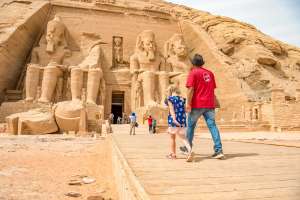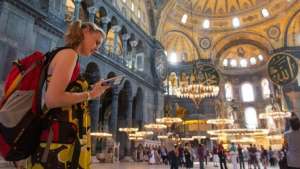Israel is one of those rare destinations that feels timeless—an intriguing blend of spirituality, history, and natural wonder packed into a land small enough to cross in a few hours, yet vast enough in depth and diversity to fill a lifetime of exploration. From mystical seas that shimmer like liquid silver to age-old holy cities echoing with centuries of prayer and conflict, the country invites you to step into a story that feels both ancient and alive. It’s a place where rugged desert cliffs meet blooming oases, where the smell of sea salt and spice markets blend in the same breeze, and where every stone seems to hold a tale.
There’s something indescribably magnetic about Israel, a kind of energy that you can’t quite understand until you’re there—walking through its narrow alleys, feeling the desert wind, and standing at viewpoints that make you question the limits of beauty itself.
Despite its small size—roughly equal to the U.S. state of New Jersey—Israel manages to contain an entire world within its borders. It’s a patchwork of contrasts: bustling cities alive with creativity and technology, ancient ruins resting in quiet dignity, and miles of untamed landscapes that change dramatically from one region to the next.
Whether you’re drawn to the hypnotic calm of the sea, the dramatic expanse of the desert, or the lush green mountains in the north, Israel has a way of surprising you. Every corner has a new scene to discover and a new layer of culture to uncover. So grab your camera, charge your curiosity, and let’s travel through some of the most breathtaking and soul-stirring places in this remarkable land.
10 – Makhtesh Ramon
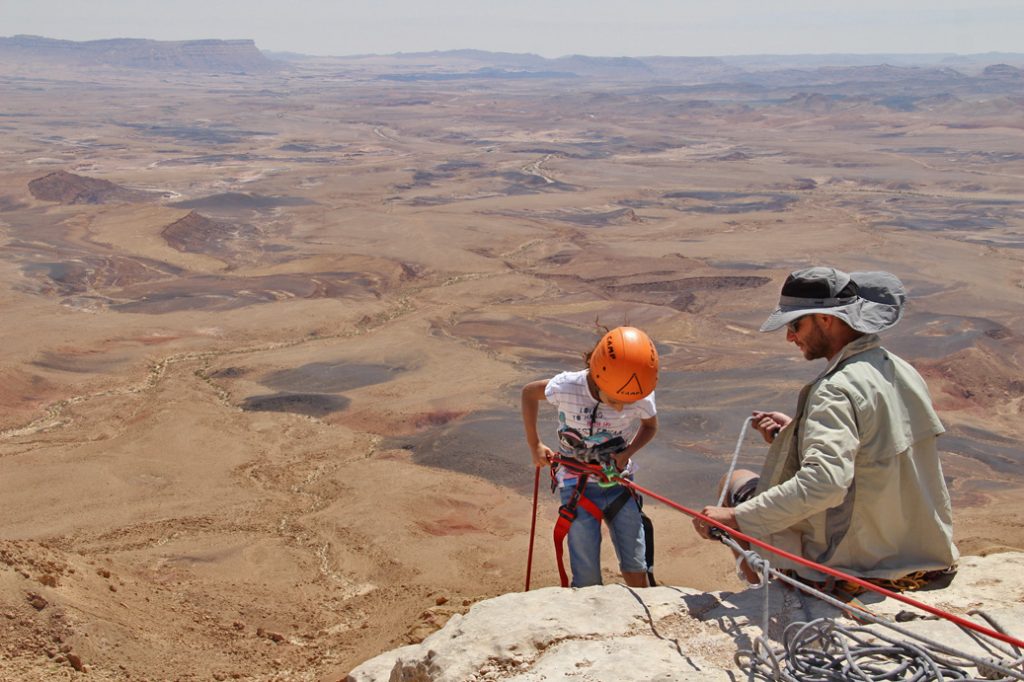
To begin our journey, we start at one of Israel’s most otherworldly wonders—Makhtesh Ramon, the world’s largest erosion crater. Stretching over 40 kilometers in length and between 2 and 10 kilometers in width, it looks like the Earth itself has opened up to reveal an ancient, painted canvas of stone. Its heart-shaped outline, sculpted by millions of years of wind and water, plunges nearly 500 meters deep—a breathtaking sight that’s as humbling as it is beautiful.
This vast geological marvel sits in the Negev Desert, glowing with layers of red, orange, and gold that seem to change color as the sun moves across the sky. While the crater itself is the star of the show, the small town of Mitzpe Ramon, perched on its northern rim, offers one of the best vantage points in the country. At night, it becomes a stargazer’s dream, with a canopy of stars so clear it almost feels close enough to touch.
For travelers looking for luxury in the desert, the Beresheet Hotel, built right into the cliffside, provides an unforgettable stay—complete with infinity pools overlooking the crater and a silence so pure it borders on spiritual.
9 – The Dead Sea
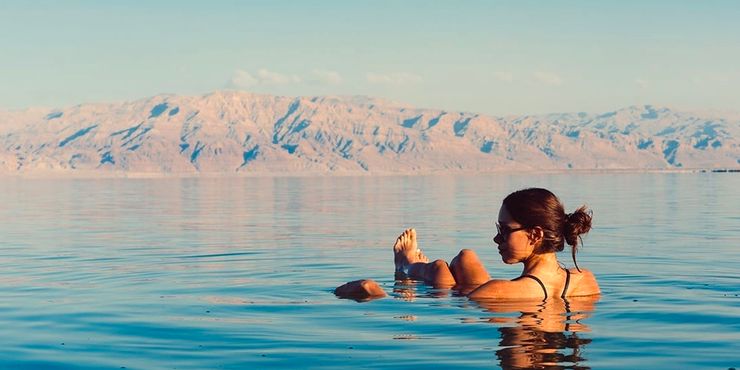
Few places on Earth rival the surreal beauty of the Dead Sea. Framed by dramatic desert cliffs and shimmering under the fierce Middle Eastern sun, it’s one of those rare natural wonders that defy expectation.
The Dead Sea’s famously high salt concentration makes floating effortless—a sensation that feels almost magical the first time you experience it. But beyond the fun of floating like a cork, this sea has long been celebrated for its therapeutic properties. The mineral-rich mud, the dense, salty air, and the low atmospheric pressure combine to make it a natural spa like no other.
Sitting roughly 430 meters below sea level—the lowest point on Earth’s surface—the Dead Sea straddles the border between Israel and Jordan. The stark beauty of its turquoise waters and white salt formations against the barren desert is unforgettable, especially at sunrise when the light turns the whole scene into molten gold. It’s not just a destination; it’s an encounter with nature at its most elemental.
8 – Masada

Not far from the Dead Sea rises Masada, an ancient fortress that stands as a symbol of resilience and tragedy, perched atop a rugged plateau overlooking the desert below. From this elevation, the views stretch endlessly across the Judean wilderness toward the faint shimmer of the sea.
Masada’s story is as powerful as its setting. Built by King Herod around 30 BCE as a palace and refuge, it later became the site of one of the most famous last stands in Jewish history. Today, visitors can reach the top either by hiking the Snake Path, a winding trail that rewards effort with panoramic glory, or by taking the cable car for a more relaxed ascent.
Standing amid the ancient stone ruins at sunrise, when the desert glows in shades of amber and pink, it’s easy to feel a connection to something far greater than yourself—a reminder of endurance in the face of impossible odds.
7 – The Old City of Jerusalem
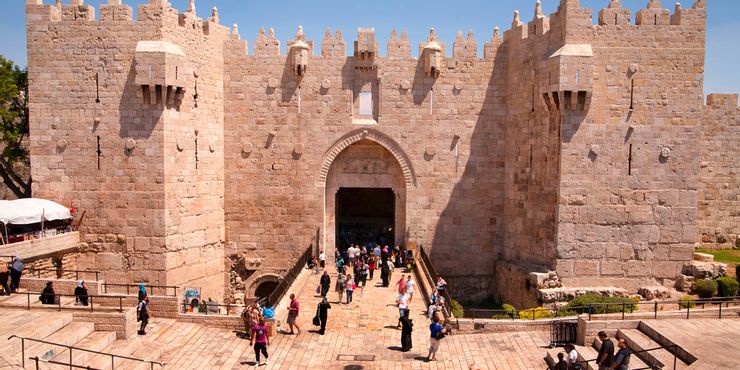
Few places on Earth carry the same gravity, beauty, and complexity as Jerusalem’s Old City. Enclosed by centuries-old stone walls, its labyrinth of alleys tells the intertwined stories of Judaism, Christianity, and Islam. Every step feels like walking through time, past sacred shrines, bustling markets, and walls that have witnessed millennia of faith and conflict.
The Western Wall, or Kotel, remains the holiest prayer site for the Jewish people, while a short walk away stands the Church of the Holy Sepulchre, revered by Christians as the site of Jesus’s crucifixion and resurrection. Just beyond lies the golden Dome of the Rock, glistening like a crown above the Temple Mount.
It’s a sensory experience—incense drifting from ancient chapels, the echo of prayers, the chatter of merchants selling spices and sweets. Visitors could spend hours, even days, wandering through these quarters, each corner revealing another layer of human devotion. Respect and mindfulness are essential here; this isn’t just a destination, it’s a living crossroads of belief.
6 – The Baha’i Gardens

High above the city of Haifa, cascading down Mount Carmel in perfect symmetry, lie the dazzling Baha’i Gardens—a breathtaking display of harmony and precision. From the top terrace, the view sweeps over golden domes, sculpted terraces, and the sparkling blue of the Mediterranean beyond.
The gardens are both a sacred site for the Baha’i faith and a masterpiece of design. Each terrace is meticulously maintained, representing peace, unity, and the balance between nature and spirit. Even for non-believers, the serenity of this place is magnetic.
Haifa itself is one of Israel’s most captivating coastal cities—modern, diverse, and steeped in quiet charm. But it’s from these gardens that you truly understand the city’s soul: a peaceful coexistence of cultures, colors, and landscapes, blending effortlessly into one panoramic vision of beauty.
5 – Eilat
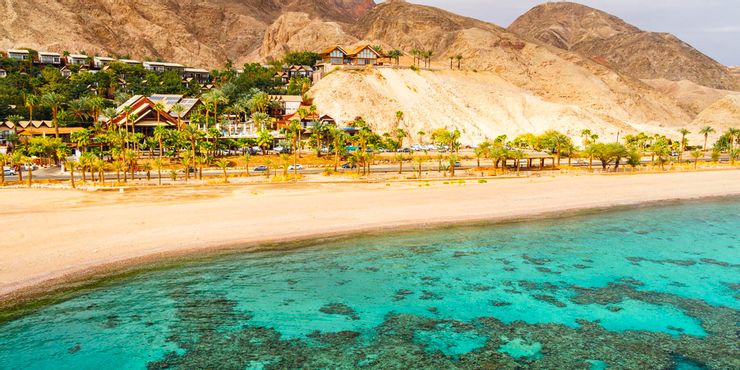
At Israel’s southernmost tip lies Eilat, a sun-soaked resort city that feels like a slice of tropical paradise wedged between mountains and sea. Despite its remote location, Eilat is a vibrant playground for travelers who crave both adventure and relaxation.
Nestled between Jordan’s red mountains and Egypt’s Sinai Peninsula, the city’s turquoise waters invite endless exploration—snorkeling among coral reefs, diving with colorful fish, or taking glass-bottom boat tours to see the underwater world without getting wet.
The beaches here are blissfully laid-back, and when night falls, the city comes alive with seaside restaurants, live music, and a warm desert breeze. Eilat may be far from Israel’s main cultural hubs, but its charm lies precisely in that distance—it’s a place to unwind, recharge, and remember that Israel isn’t all history and holiness; it’s also joy, sun, and sea.
4 – Tel Aviv

If Jerusalem embodies history, Tel Aviv represents the present and future—a city that never truly sleeps, pulsing with creativity, youth, and cosmopolitan flair. Perched along the Mediterranean coast, it’s a fusion of laid-back beach life and high-octane energy.
During the day, locals and tourists alike flock to its long sandy beaches, where volleyball games, yoga sessions, and surfboards share space under the blazing sun. As evening falls, the city transforms into a festival of lights and laughter, from rooftop bars to underground music venues.
But Tel Aviv isn’t just about leisure—it’s also a hub of innovation and art. Stroll through the Neve Tzedek district, admire Bauhaus architecture in the “White City,” or explore colorful markets like Carmel Market for a taste of local life. In every sense, Tel Aviv is modern Israel in motion: creative, restless, and irresistibly alive.
3 – Yafo (Jaffa)
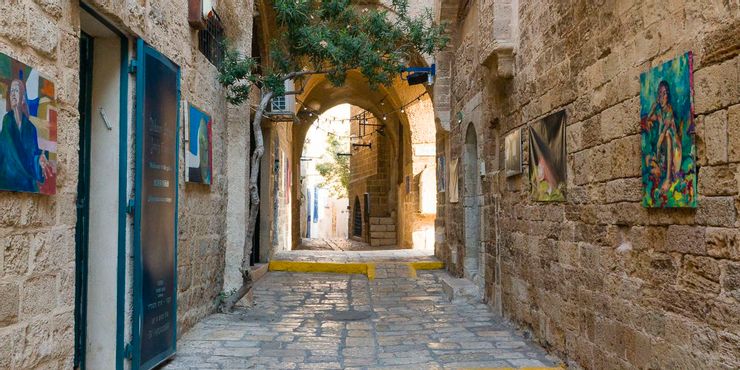
Technically part of Tel Aviv, Yafo—also known as Jaffa—feels like a world of its own. This ancient port city has existed for thousands of years and remains one of the oldest continually inhabited places in the world. Its stone alleys, arched doorways, and sea-facing terraces hold echoes of countless civilizations that passed through.
Wander through the old markets, where artists sell handcrafted jewelry and painters display their work in sunlit studios. Visit the Clock Tower Square, St. Peter’s Church, and the seaside Al-Bahr Mosque, each telling a story of faith and endurance.
From the promenade, you’ll get one of the best views of modern Tel Aviv rising beyond the waves—a stunning juxtaposition of old and new that defines Israel itself. Yafo is where history meets hip cafés, where ancient stones host modern conversations.
2 – The Golan Heights
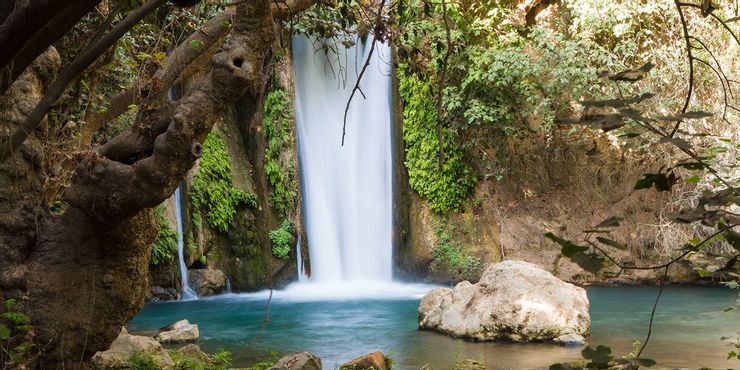
In Israel’s far north lies the Golan Heights, a region of rolling hills, waterfalls, and verdant nature reserves that feel worlds apart from the country’s desert south. Depending on the season, the scenery shifts dramatically—from snow-dusted peaks in winter to lush wildflower meadows in spring.
Outdoor lovers will find paradise here. Hike through the Banias Nature Reserve, stand beside cascading falls, or explore volcanic plateaus with sweeping views over the Sea of Galilee. The Golan’s trails cater to all—from casual strollers to serious trekkers—and its quiet charm makes it an ideal escape for those seeking peace and open skies.
Despite its tranquil beauty, the region carries deep historical significance, with ancient ruins and old battle sites scattered across the hills. Today, though, the focus is on serenity: boutique wineries, quiet guesthouses, and nature untouched by hurry.
1 – Sea of Galilee (Yam-L’Yam)
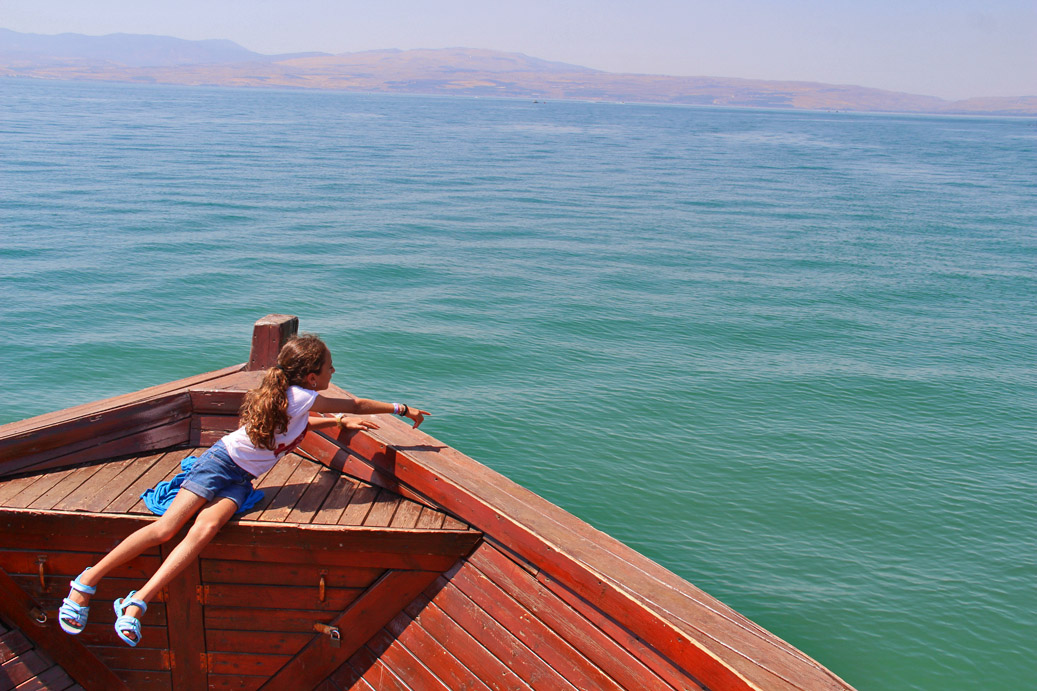
Finally, our journey ends at the serene Sea of Galilee, known locally as Kinneret—a lake steeped in history and spirituality. It’s the lowest freshwater lake on Earth, and its gentle waters have been a symbol of renewal and faith for centuries.
Many visitors choose to reach it by walking the Yam-l’Yam Trail, an iconic 3–5 day trek that spans from the Mediterranean coast all the way to this peaceful lake. The route passes through forests, streams, and valleys, offering a rare chance to experience Israel’s entire natural spectrum in one epic journey.
Standing at the lake’s edge, where fishermen cast their nets and the hills of the Golan reflect on the water, you can feel the weight of history balanced by a calm, timeless stillness. It’s the perfect finale to an exploration of Israel—a place that, despite its small size, holds endless beauty, depth, and soul.






